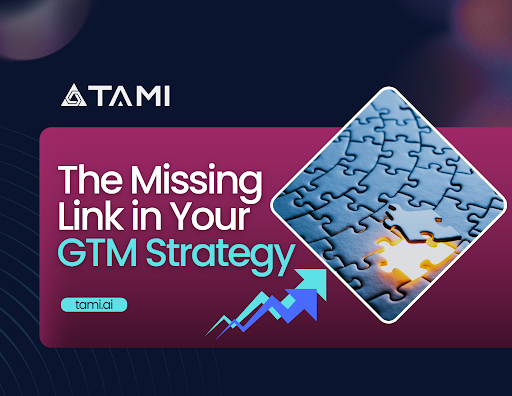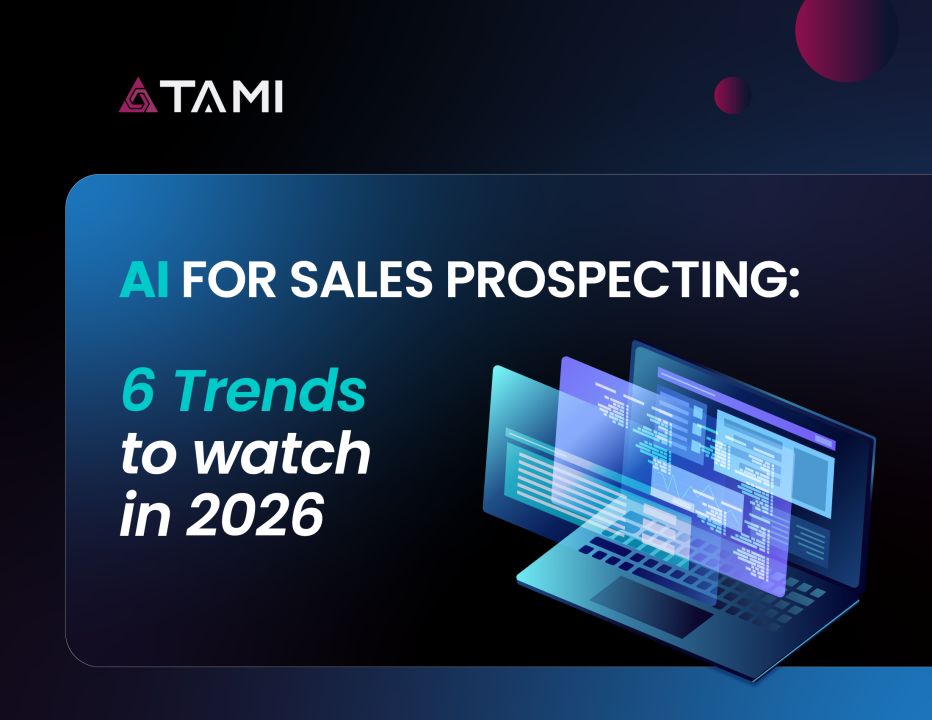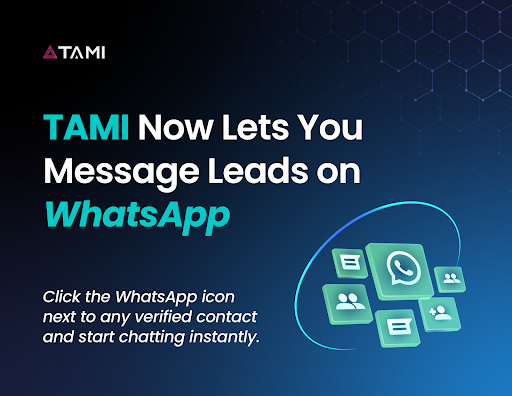
Here’s How to Target Top Shopify Stores Doing Over $5M
07/08/2025
How to Build B2B Mailing Lists by Payment Provider
29/08/2025A successful GTM strategy is no longer about long planning cycles and static buyer personas. Buyers move faster today, and sales teams that rely on stale data end up chasing cold leads. The strongest go-to-market planning in 2025 is rooted in real-time buyer signals, which reveal who is ready to purchase, what they care about, and how to reach them right.
Companies that align their GTM strategy with live intent data see shorter sales cycles and higher ROI from both marketing and sales. In fact, Gartner research shows that organizations using intent-based data improve opportunity creation by up to 50 percent.
The takeaway is clear: your GTM strategy cannot sit on spreadsheets. It needs to connect to fresh data flowing into your CRM every day.
Why Real-Time Buyer Signals Matter in GTM Strategy
Go-to-market planning traditionally centered on broad market research and static ICPs. While these remain important, they lack the agility to keep pace with changing buyer behavior. Real-time buyer intent data closes this gap. It includes signals like technology adoption, job role changes, international expansion, or even a switch in payment providers.
These signals give your team something far more valuable than demographics: context.
If you know a company has just integrated Stripe or expanded to DHL shipping, you know they’re investing in growth. If you see decision-makers changing roles, you know an account is more open to vendor conversations. Aligning your GTM strategy with these signals ensures your outreach happens at the exact moment when buyers are most receptive.
Embedding Signals Into GTM Planning
The shift begins with how you structure your go-to-market planning. Start by identifying the signals that are most predictive for your industry. For SaaS providers, this may be tech stack changes. For logistics companies, it might be new shipping providers. For financial services, payment processors and banking relationships are often the key trigger.
Once identified, those signals need to feed directly into your CRM and sales processes. This is where enrichment becomes critical.
Without enrichment, CRMs often degrade to outdated records, missing contacts, and accounts that no longer exist. With data enrichment tied to real-time signals, your CRM becomes the foundation of your GTM strategy. Every account is refreshed, every contact is validated, and every rep has a live view of their territory.
Using Intent Data to Prioritize Accounts
One of the biggest challenges in GTM execution is prioritization. Sales and marketing teams can’t target everyone at once. Real-time buyer intent solves this by highlighting accounts that are demonstrating activity today.
Instead of working cold outbound lists, your reps can focus on companies that just invested in a complementary technology, expanded internationally, or hired a new executive.
TAMI delivers this advantage by continuously scanning the web for company-level signals and validating decision-maker data in real time. The result is a CRM enriched with fresh accounts and contacts tied to live signals, giving your team a clear roadmap of where to focus next.

Aligning Sales and Marketing Around Live Data
A strong GTM strategy depends on alignment between sales and marketing. Too often, marketing campaigns run on generic segmentation while sales chase different priorities. Real-time buyer intent bridges this divide. When both teams see the same signal data in the CRM, campaigns and outreach naturally align.
For example, marketing can launch targeted campaigns to businesses adopting Shopify Payments, while sales simultaneously runs outbound cadences to the same segment. Both teams work from the same source of truth, making handoffs cleaner and pipeline movement faster.
Bonus Tips for Execution
First, build your GTM strategy around signals that correlate to your best customers. Analyze your closed-won deals to see what events preceded the purchase.
Second, make sure those signals are enriched into your CRM automatically, not manually. Manual updates guarantee lag and inaccuracy.
Third, track conversion rates by signal type to refine your prioritization over time.
Case studies prove the payoff. A UK MarTech company achieved a 10x higher conversion rate by aligning its campaigns with real-time technology and payment data, compared to generic datasets. A global logistics firm generated $35 million in pipeline in under eight weeks by focusing on merchants showing live shipping and cross-border expansion signals.
These are not minor gains. They are proof that aligning GTM strategy with live intent is a competitive advantage.
Scaling GTM Strategy with AI
The next evolution is using AI to scale intent-based GTM strategies. Platforms like TAMI combine machine learning with continuous web scanning to uncover lookalike accounts, competitor customers, and international expansion patterns. This means your GTM planning is no longer limited to known accounts. It expands dynamically as new opportunities emerge.
For growth teams, this creates a feedback loop. You capture signals, enrich your CRM, execute outreach, and feed the results back into your GTM strategy. Over time, you develop a data-driven motion that gets sharper with every campaign.
Final Thoughts
The best GTM strategy today is not the one with the longest planning document. It’s the one aligned with real-time buyer signals that keep your team ahead of the market. Static lists and outdated CRMs will always leave you chasing. Live enrichment tied to intent data puts you in the buyer’s window of opportunity when they are most ready to engage.
If your go-to-market planning is still driven by stale personas and quarterly refreshes, you are falling behind. Now is the time to align your GTM strategy with real-time buyer intent. Start enriching your CRM with verified contact data and live company insights, and give your team the advantage of timing.
Book a demo with TAMI today and build a GTM strategy that doesn’t just plan for growth but captures it in real time.









